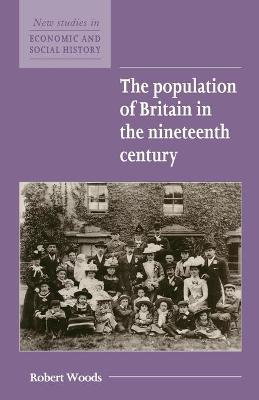New Studies in Economic and Social History
1 total work
This book provides a clear interpretation of the causes of demographic change in the nineteenth century. This critical period followed the demise of the old pre-industrial population regime (often associated with Malthus's Principle of Population) and the changes that occurred at this time led to the modern twentieth-century pattern in which both fertility and mortality rates are particularly low. The author combines an examination of migration, marriage patterns, fertility and mortality with a guide to the sources of population data available to historians and demographers. Illustrated with tables and figures, this book is the only available summary of this field for students. It includes a detailed bibliography for those wishing to pursue the subject further.
